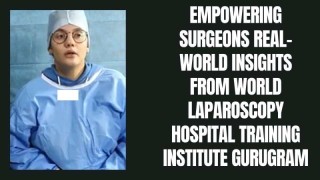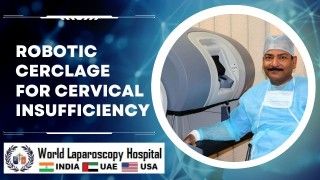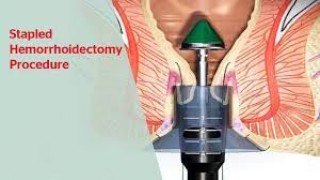Mastering the Extra Corporeal Dundee Jamming Knot: Advanced Knot-Tying Techniques
Add to
Share
1,925 views
Report
2 years ago
Description
The Extra Corporeal Dundee Jamming Knot is a versatile knot commonly used in laparoscopic and robotic surgery procedures for securing sutures in a variety of tissues. This knot is named after the University of Dundee in Scotland, where it was first developed and popularized by Dr. Graham Watson. Mastering the Extra Corporeal Dundee Jamming Knot is an essential guidebook for surgeons seeking to improve their advanced knot-tying skills and proficiency with laparoscopic and robotic surgeries. This comprehensive guide provides step-by-step instructions for tying the knot, along with variations for different surgical scenarios and tips for achieving optimal tension. The guidebook also covers a range of topics related to advanced knot-tying techniques, including suture selection, needle types, and maintaining ideal tension during the suturing process. Detailed illustrations and photographs help surgeons visualize the knot-tying process and gain a deeper understanding of the technique. In addition to practical instructions for knot-tying, the book also covers important topics such as troubleshooting common problems that may arise during surgery, selecting the appropriate suture material for different tissue types, and preventing knot slippage. With its clear and concise instructions, Mastering the Extra Corporeal Dundee Jamming Knot is an indispensable resource for any surgeon seeking to improve their advanced knot-tying skills and proficiency in laparoscopic and robotic surgery procedures. This guidebook is essential for surgeons who want to achieve greater precision and efficiency in their surgeries, ultimately leading to improved patient outcomes. The Extra Corporeal Dundee Jamming Knot is a knot that has been used by surgeons for many years in laparoscopic and robotic surgery procedures to secure sutures in a variety of tissues. This knot is known for its versatility and reliability, and is named after the University of Dundee in Scotland, where it was first developed and popularized by Dr. Graham Watson. Mastering the Extra Corporeal Dundee Jamming Knot is a comprehensive guidebook that provides surgeons with a detailed understanding of the knot-tying technique, along with advanced knot-tying skills necessary for laparoscopic and robotic surgery procedures. The book is written by experienced surgeons who have spent years perfecting their techniques and sharing their knowledge with other surgeons. The guidebook begins with an introduction to the Extra Corporeal Dundee Jamming Knot, explaining its history, advantages, and key features. The authors then provide step-by-step instructions for tying the knot, including variations for different surgical scenarios and tips for achieving optimal tension. The book covers a range of topics related to advanced knot-tying techniques, including suture selection, needle types, and maintaining ideal tension during the suturing process. The authors provide expert advice on how to troubleshoot common problems that may arise during laparoscopic and robotic surgery procedures, such as suture breakage, knot slippage, or improper knot-tying. Detailed illustrations and photographs help surgeons visualize the knot-tying process and gain a deeper understanding of the technique. In addition to practical instructions for knot-tying, the guidebook also covers important topics such as selecting the appropriate suture material for different tissue types, preventing knot slippage, and achieving optimal tension during the suturing process. Overall, Mastering the Extra Corporeal Dundee Jamming Knot is an indispensable guidebook for any surgeon looking to improve their advanced knot-tying skills and proficiency in laparoscopic and robotic surgery procedures. With its clear and concise instructions and detailed illustrations, this book is an essential resource for surgeons seeking to achieve greater precision and efficiency in their surgeries, ultimately leading to improved patient outcomes.
Similar Videos






